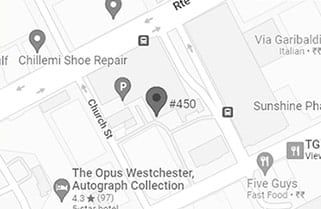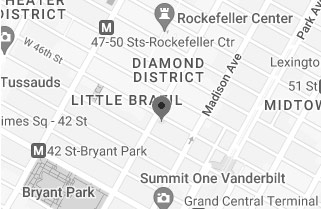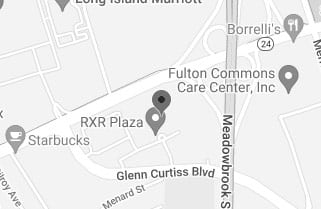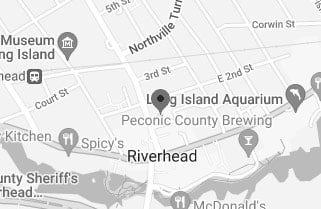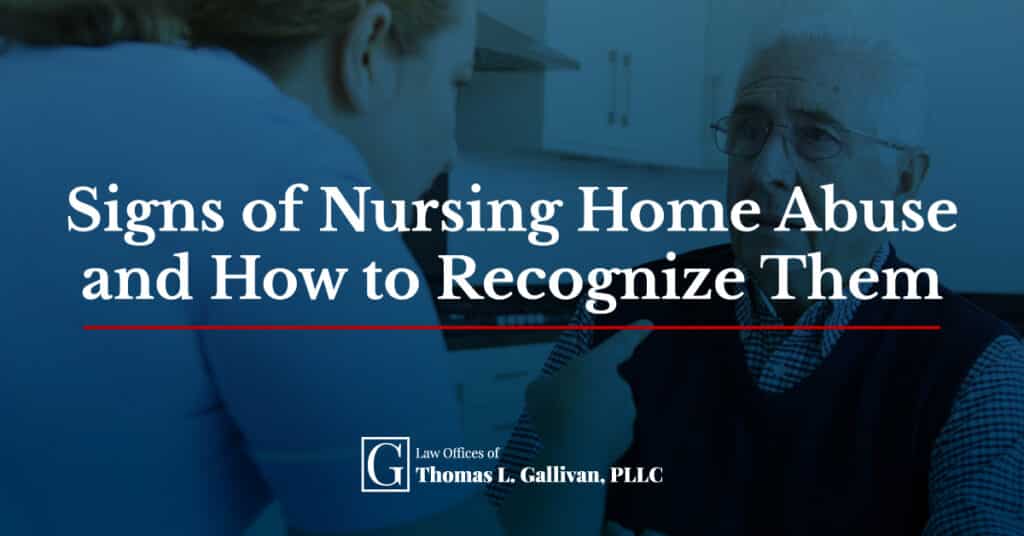
Americans are living longer than ever before due to advances in medicine, public health measures, and other factors. While this is a good thing, it presents some challenges. Many older people are unable to live alone, which means that they often moved to a nursing home or an assisted living facility.
While many nursing homes provide excellent care, there is still a high potential for abuse. Unfortunately, elder abuse and neglect are still far too common. Learning the signs of nursing home abuse – and how to spot them – is critical to protecting a loved one living in a skilled nursing facility. Sudden injuries, a withdrawal from social activities, unexplained bruises, unpaid bills, and bedsores are all potential signs of elder abuse.
Based in White Plains, the Law Offices of Thomas L. Gallivan advocate for nursing home residents throughout New York. We offer free initial consultations and never charge a fee unless we recover money for you. Reach out to our law firm today to schedule an appointment with a New York nursing home abuse lawyer.
Common Signs of Nursing Home Abuse in New York
Elder abuse can take many different forms. It may include:
- Physical abuse
- Emotional abuse
- Neglect
- Sexual abuse
- Financial abuse
- Abandonment
One of the challenges with nursing home abuse cases is that it can be hard to spot the warning signs of abuse or neglect. Many older Americans experience memory loss or confusion that may make it hard for them to report the abuse. They may also be prone to falls or bumping into things, which can make it easier for an abusive caretaker to explain away an injury.
If your family member or friend is in a nursing home, familiarizing yourself with some of the more common signs of abuse can be incredibly helpful. Below, we break down the warning signs based on the various types of abuse most often seen in nursing homes.
- Broken eyeglasses
- Broken bones and fractures
- Bruising, cuts, or scars
- Unexplained injuries such as broken bones, sprains, or dislocations
- Failure to take medications properly
- Signs of restraint
- Caregiver refuses to let you see the nursing home resident alone
Emotional Abuse
- A sudden change from their normal behavior
- Seeming withdrawn or isolated
- Refusal to participate in social activities
- A caregiver who seems verbally aggressive or demeaning
Neglect or Abandonment
- Evidence that medication is not being administered (such as too many pills in a bottle)
- Bedsores or pressure ulcers
- Soiled bedding or clothing
- Lack of basic necessities
- Unsafe living conditions
- Infections
- Signs that personal hygiene is deteriorating, such as uncombed hair
- Unexplained weight loss
Sexual Abuse
- Unexplained sexually transmitted infections (STIs)
- Stained, bloody, or torn underwear
- Bleeding in the genital or anal area unrelated to a medical condition
- Bruising near the genitals or breasts
Financial Abuse
- Unpaid bills
- Giving excessive gifts, particularly to people who are not family or close friends
- Giving control of financial affairs to a caregiver
- An inability to explain financial transactions
- Missing cash or checkbooks
- Changes in legal documents, such as a power of attorney or life insurance policy
- Unexplained withdrawals from the elderly person’s bank account
- Lack of medical care despite having money to afford it
- Unusual goods, services, or subscriptions appearing
Another type of abuse that may occur in skilled nursing facilities involves healthcare fraud. While this type of fraud is perpetrated against an insurance company or the government, it could also affect a nursing home resident’s well-being. For example, an older person may be given too much or too little medication, or there may be insufficient nursing home staff to care for elderly residents.
How to Recognize Nursing Home Abuse
It can be difficult to spot nursing home abuse, particularly if your loved one cannot advocate for themselves. However, there are certain steps that you can take so that you are more likely to recognize the warning signs of elder abuse and neglect.
First, before placing your family member in any facility, be sure to check it out thoroughly. The New York Department of Health offers nursing home profiles online. Through this site, you can get basic information about a facility as well as reviews and the results of inspections, including any enforcement actions against the nursing home.
Second, once you have a list of homes to consider, schedule tours. Don’t be afraid to ask questions of the nursing home staff or administration. Only agree to put your loved one in the long-term care facility if you are comfortable with what you have learned.
Third, learn about the different types of nursing home abuse and the warning signs of each form of abuse. This can help you spot abuse more readily. Remember that your loved one may not be able to advocate for themselves, so you may need to do it for them.
Fourth, visit as often as you can. Vary the times of your visits so that the staff does not know when to expect you. This might help to catch abuse in progress, or even prevent abuse entirely.
Fifth, if you learn that your loved one has been a victim of nursing home abuse, then take action. A New York nursing home abuse attorney can help you with the process, from filing a report with the state to pursuing legal action against the facility, caregivers, and any other at-fault parties.
How Our New York Nursing Home Lawyers Can Help
Nursing home abuse happens far too often throughout New York. It can often be difficult to recognize – and you may not know where to turn for assistance. We are here to help you through the process.
The Law Offices of Thomas L. Gallivan advocate for nursing home residents and their families. We have years of experience representing clients in nursing home abuse claims and put our knowledge and skills to work for victims of nursing home abuse and neglect. To learn more or to schedule a free initial consultation with a New York nursing home abuse lawyer, give us a call at 866-932-3661 or fill out our online contact form.
